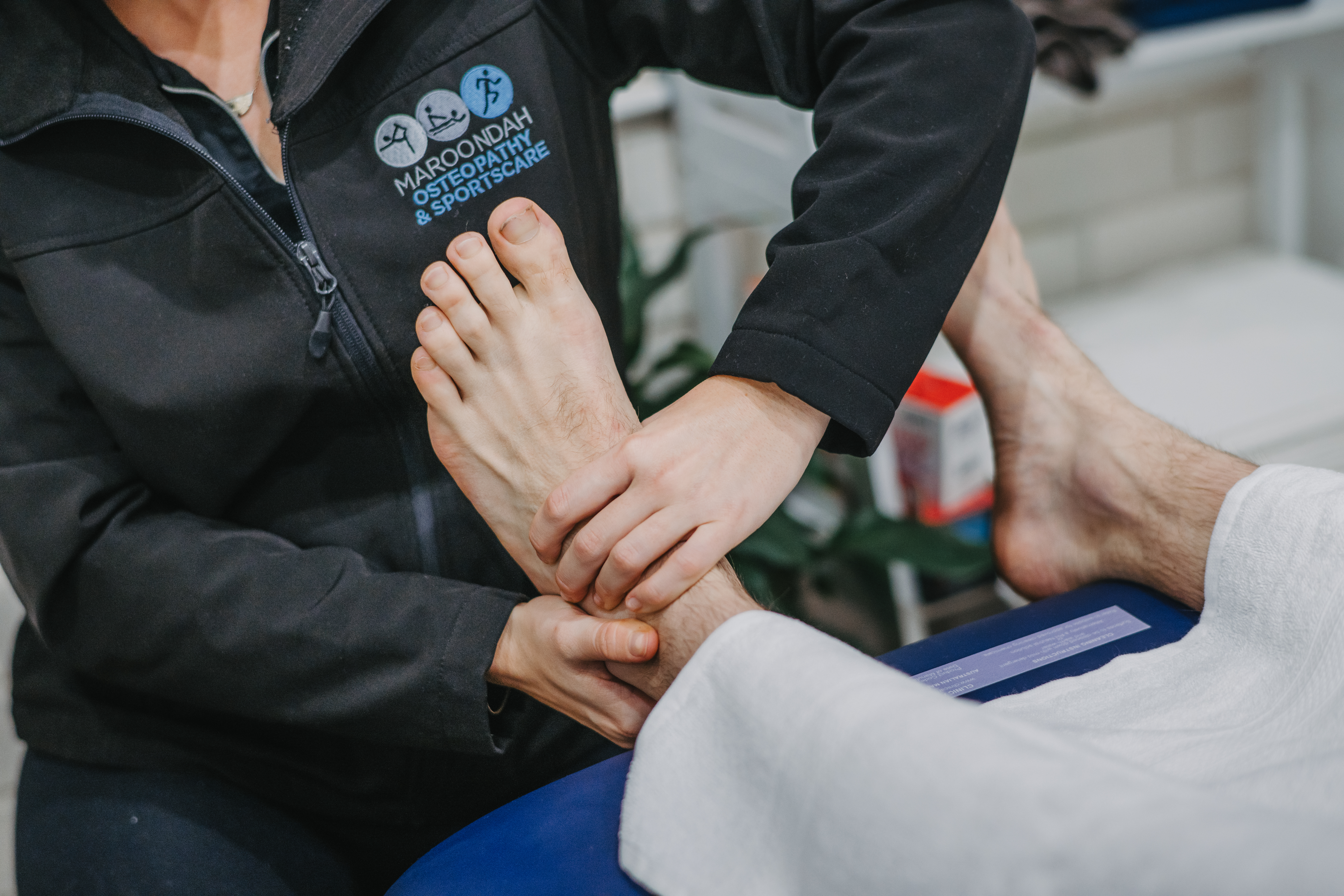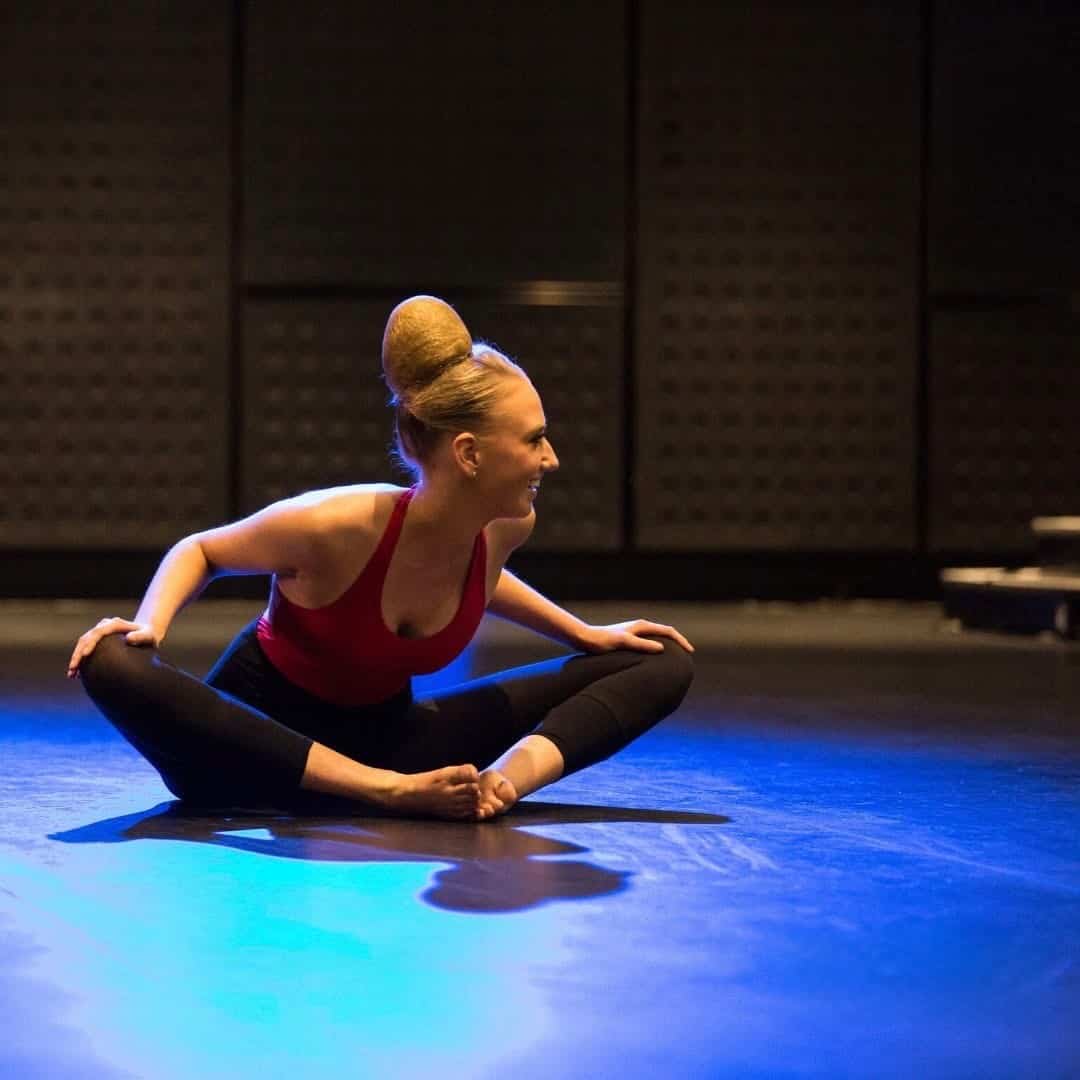Ankle Anatomy
Our ankle is the joint that connects our foot to our leg. It is responsible for allowing our foot to plantarflex (point foot forward) and dorsiflex (lift our foot towards ourselves). Our ankle is also responsible for inversion (rolling the sole of the foot inwards towards the other foot) and eversion (rolling the sole of the foot away from the other foot). We have a few muscles and tendons (tendons connect muscles to bones) that control these movements. We also have ligaments that help keep our bones together so that the joint is nice and stable. We have them on both sides of our ankle, but it is the lateral (outside) ligaments that are usually the ones that are stretched and hurt when we roll our ankle.
Photo from: Ankle Ligament Surgery and Non-Surgical Alternatives
Sprain vs Strain
Sometimes people can get confused between a sprain and a strain or be curious about what the difference between them is. They both indicate damage to tissues within the body, usually a stretch or a tear mechanism. The difference lies in what tissues is damaged. A sprain is the term used when a ligament is damaged and a strain is the term for when the tendon attached to a muscle, or the muscle itself is damaged.
A trick I use to remember the difference between them is that sTrain has a ‘T’ in it for tendon. Muscles are attached to tendons, so therefore a strain is used to explain a tendon/muscle injury.
Symptoms of an Ankle Sprain
Ankle sprains can be quite painful and tender. They usually have a trauma or event where you feel the ankle get hurt. The area will likely have localised pain that can get worse when you touch or put pressure on it. It may also hurt to move the ankle.
It can sometimes swell up and bruise and it may throb shortly after the injury. You may also have limited range of motion (ROM) and it can hurt to put weight on the foot. It may also feel unstable in the area, like your ankle can’t support your body weight, or perform certain movements.
Occasionally you may hear or feel a pop when you injure your ankle. This may indicate a tear of the ligaments involved.
When to see an Osteopath
It is important to see an Osteopath after an ankle injury to get a thorough assessment and proper diagnosis. An Osteopath will test and evaluate the area to determine the extent of the injury. This may involve referring on for scans. It is important to get a correct diagnosis and assessment to help make a plan moving forward to avoid causing further damage to the area. It will also help guide the correct treatment and management plan.
Following assessment and diagnosis an Osteopath can then deliver the best care required in the form of hands-on treatment to help promote healing and increase function of the ankle along with decreasing some of the pain you may be experiencing. They can also give you some exercises for you to complete at home to further help your recovery.
Ankle sprains are an annoying, frustrating and painful part of basketball (or any sport!) and can happen to anyone at any point during a game or training. Our team here at Maroondah Osteopathy & Sportscare are here to help guide you through the journey to get you back on your feet and getting buckets both on and off the court!

Brock Sutton
Osteopath




